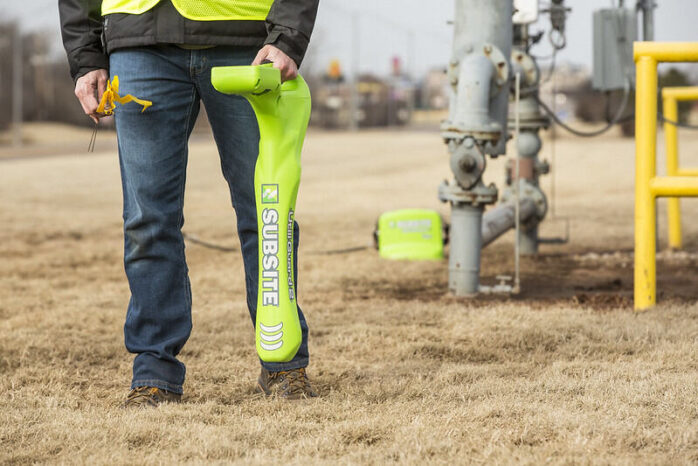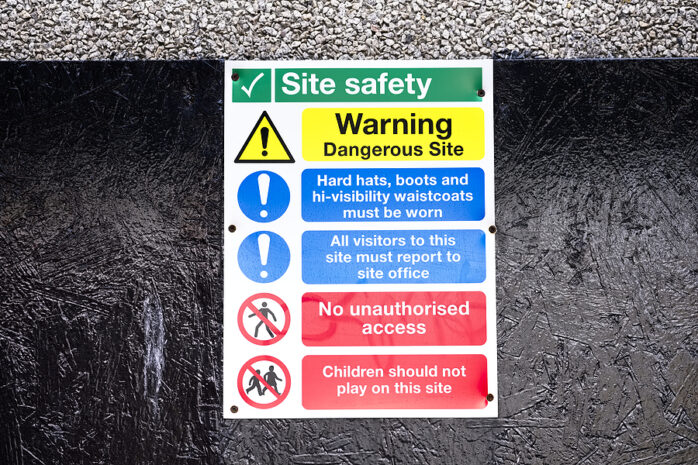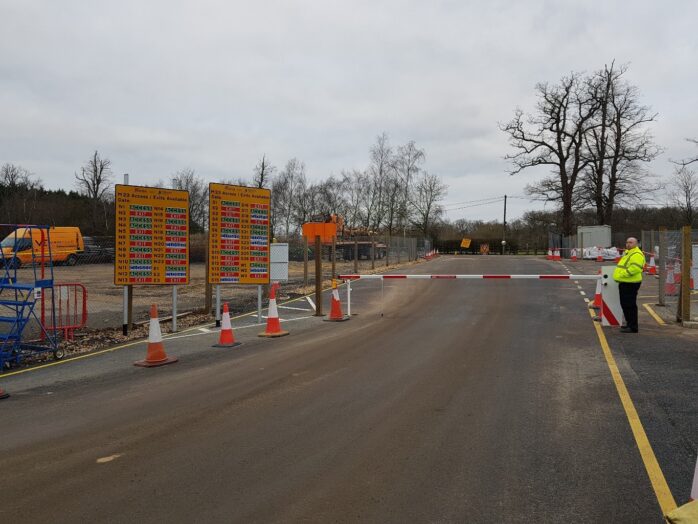Trenching is a dangerous part of many different construction jobs – if the necessary safety measures aren’t put in place and followed carefully, the outcome can be deadly.
As the time approaches for increased activity at construction sites around the country, keeping the workers up-to-date with the newest safety guidelines becomes as important as ever.
In this article, we’ll help you protect your crew at your next big excavation project by reminding you of the safety essentials.
So, without any further ado, let’s get right to the bottom of it!
1. Frequent inspections of the trenches

To ensure the excavation area is safe at all times, a competent person should inspect it as frequently as possible. You don’t want to risk cave-ins or collapses, as they can lead to injury or worse.
Appoint an expert who can help you conduct the necessary inspections on the daily basis. They should be experienced, skilled, and knowledgeable about this type of work – don’t pick just anyone for the job.
If you don’t have anyone in-house who’s competent enough for this task, don’t hesitate to outsource these services. You cannot proceed with your excavation project without a safety expert by your side.
2. Check the atmosphere
One of the most dangerous aspects of working in trenches is the possibility of a hazardous atmosphere. Gases such as carbon dioxide and methane are extremely toxic to humans, which means you’ll need to establish specific safety measures to keep your workers safe. Atmospheric testing should be done as often as possible to ensure everything is in order.
Make sure you provide the necessary protective gear to your workers, including basket stretchers and oxygen masks. Prevention is better than cure in this specific scenario, so make sure you keep the rescue equipment at everyone’s reach, regardless of the results of the tests you’ve done.
3. Mark the utility lines before you start digging

Accidentally damaging gas or electrical lines underground can pose a serious risk to your workers. They have to know where these are at all times, otherwise, there could be serious consequences. You’ll need to call your local utility agencies to help you mark every utility line that’s present on the site way before you’ve started your excavation project.
Even if you get lucky and nobody gets hurt when a utility line is damaged using the digging equipment, you’ll still need to pay hefty fines for the damage you’ve caused. It’s something that you’ll need to avoid at all costs, especially if you’re working in an urban area.
If you’re not sure where to get this information, we advise you to do some research on local utility agencies. You’ll find the necessary contacts quite easily, so don’t forget to do it before you’ve started your project.
4. Protective gear and equipment
Your workers should always wear quality protective gear and have rescue equipment close to them to stay safe. This type of equipment may be quite expensive, but obtaining it is more than necessary if you’re planning on doing an excavation job.
Now, if your team doesn’t have much experience with trenching or excavation, and you don’t have the budget to equip them with the best protection gear out there, perhaps you’re better off finding someone to do the job for you. There are many experienced contractors out there you can hire, such as this excavating contractor Los Angeles www.excavatingcontractorlosangeles.com, so don’t hesitate to do so if you deem it necessary.
5. Safety signs should be placed around the site

Even though it seems trivial, signs and large boards with the appropriate warnings should be placed near the trenches to prevent accidents and injuries. Both construction workers and wandering passersby could accidentally fall into the trench, suffering through major injuries. Danger signs can be an effective way of preventing that, especially if you’re working in a crowded urban area such as Los Angeles, for example.
We recommend that you use bold colors and large fonts on these signs, so they can be seen from afar. Additionally, installing protective fences around the construction site can be a helpful way to keep people away from danger.
6. Never work under raised loads
Working under raised loads is something that should be avoided at all costs – you never know when something can go wrong. Keep all heavy machinery away from the trench when someone is working down there.
Additionally, all workers should stay away from the lifting equipment carrying heavy loads. If anything happens to malfunction, they’d be at risk from serious injuries, possibly even death. Make sure everyone on the site is aware of this at all times – both the workers working in the trenches and those operating the lifting machinery.
7. Access and egress points should be safe and easily reachable

All of your workers need to stay close to access and egress points at all times. It’s the only way you can ensure they’re in a position to be evacuated quickly if something goes wrong. These points should also be easy and safe to use – make sure you pick something of the highest possible quality. This especially goes if you’re digging deep underground.
Again, if you’re unsure you can follow and adhere to all of the safety tips we’ve mentioned above, perhaps you’re better off hiring a trenching contractor to do the job for you instead. There are too many things that can go wrong during an excavation project if you’re not competent enough to oversee it, so don’t go into it unprepared.
The bottom line
Excavation and trenching jobs can be incredibly dangerous, especially if you’re not following the latest industry safety protocols. There’s no reason good enough to risk the lives of your workers, so be extremely careful when working with excavation equipment.
In this article, we’ve provided some of the most crucial tips on keeping everyone at the site safe and protected during the project. We hope you’ve found it helpful, and we wish you the best of luck in all of your future endeavors.
The post 7 Trenching and Excavation Safety Tips That Can Save a Life appeared first on FotoLog.
from FotoLog https://ift.tt/fp1P4Hz
via IFTTT


0 Comments